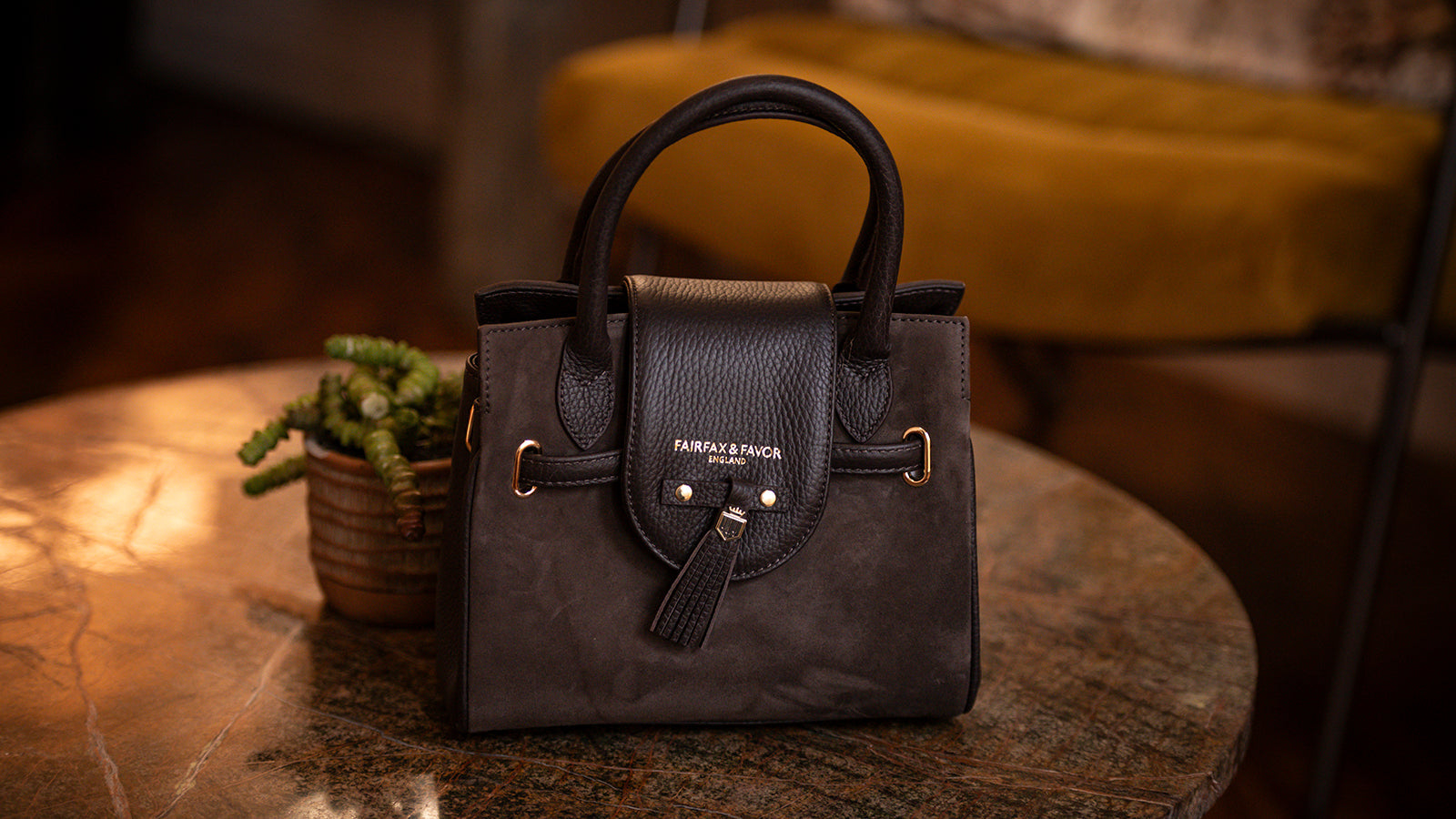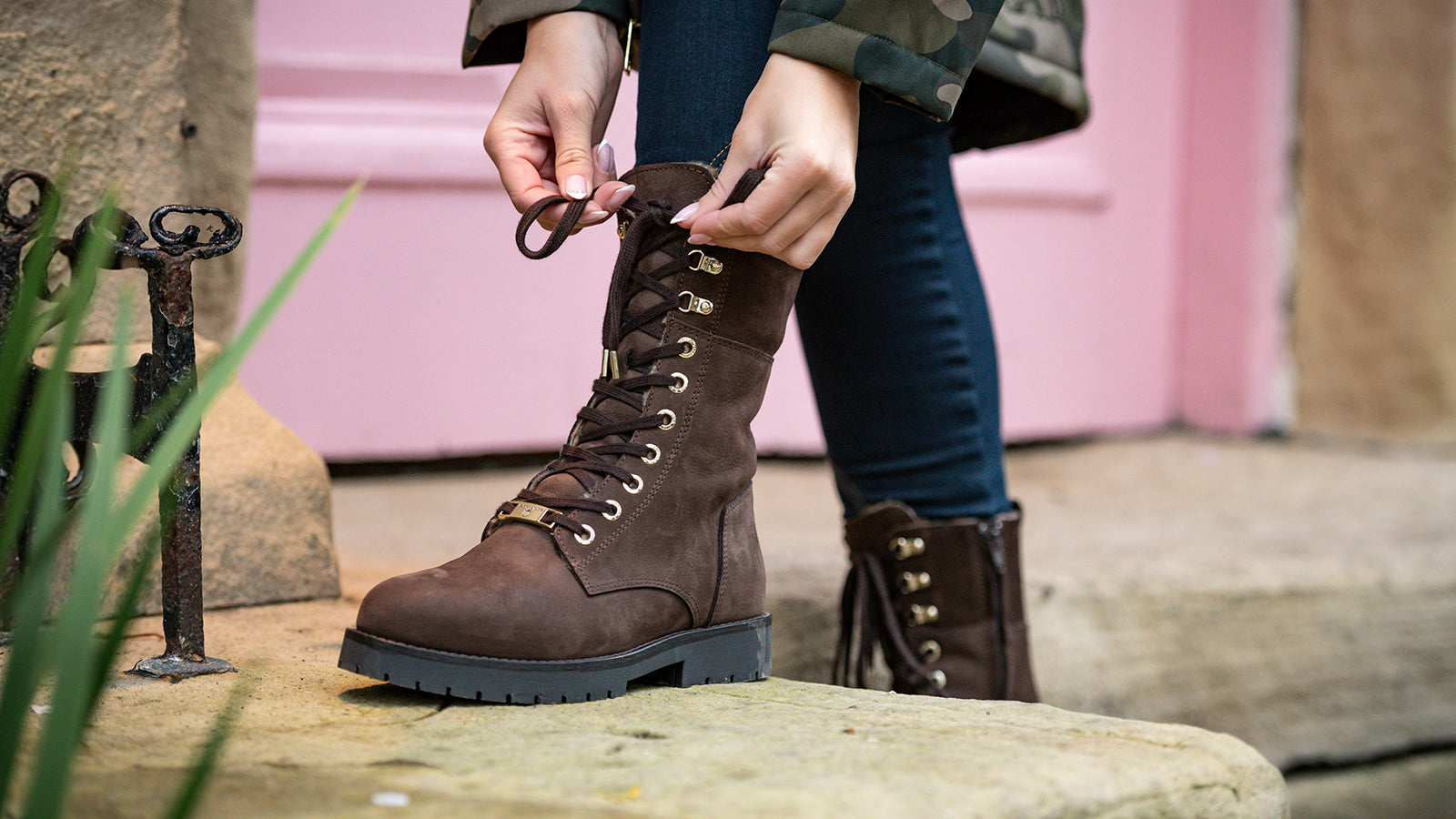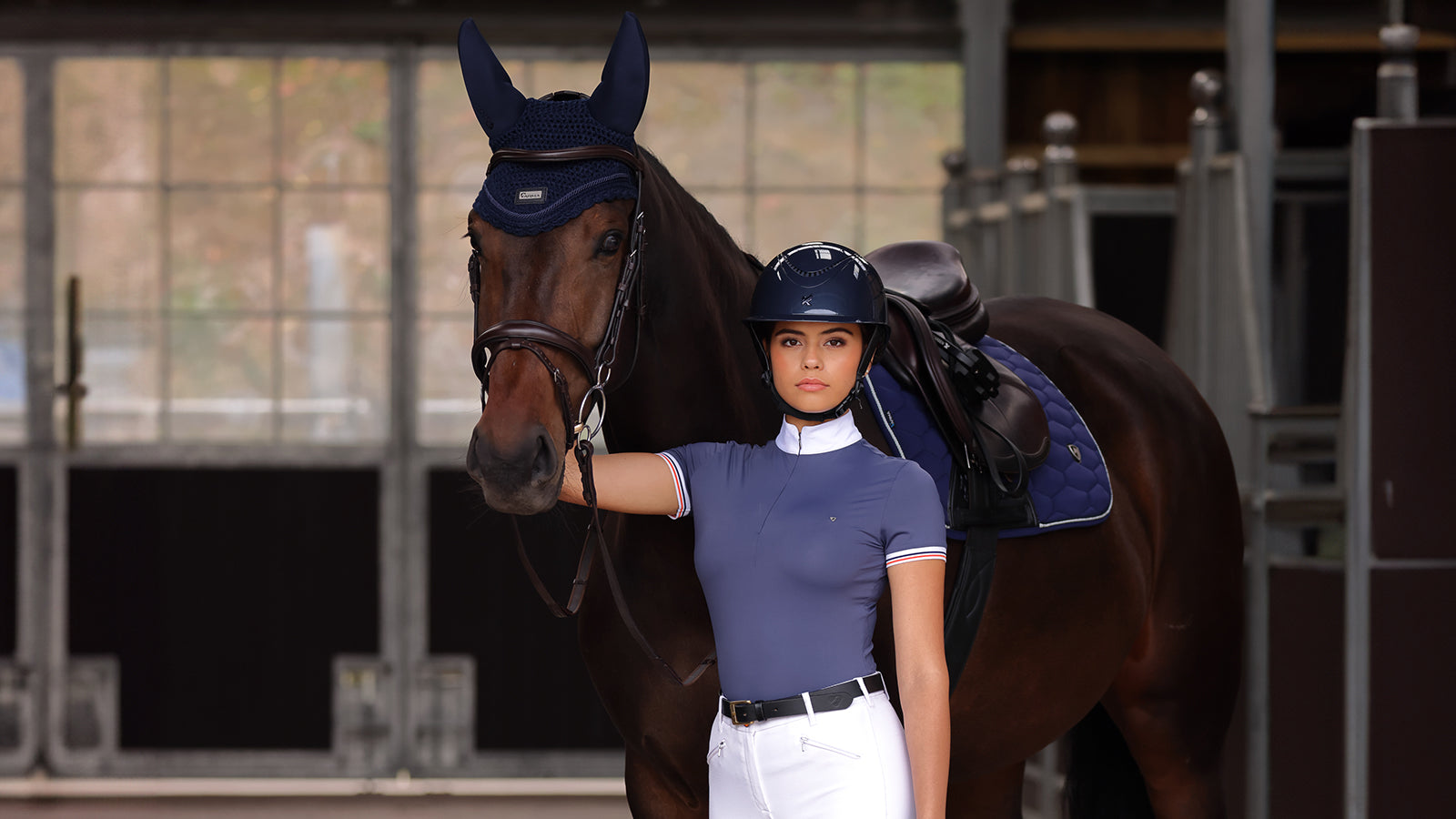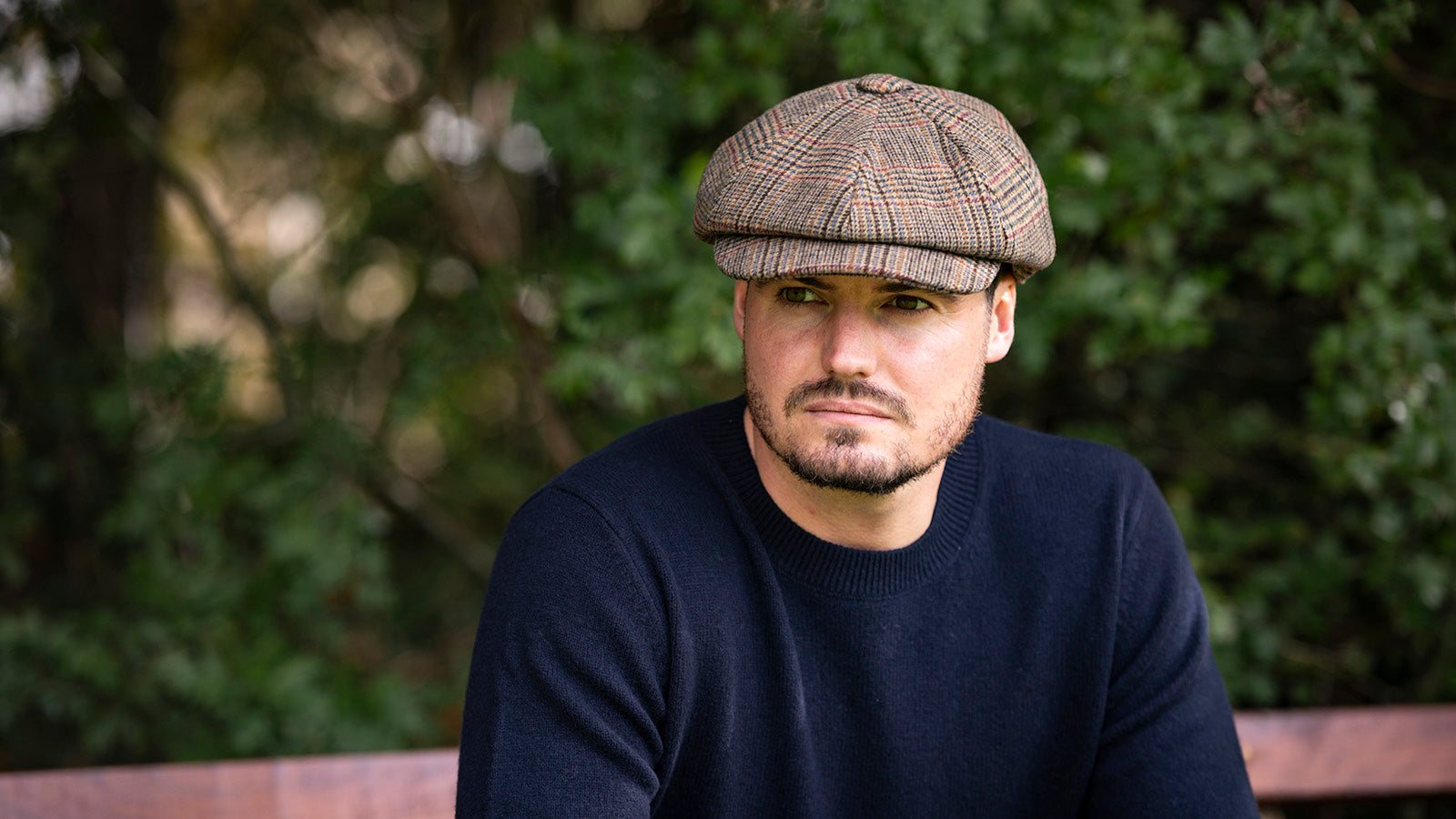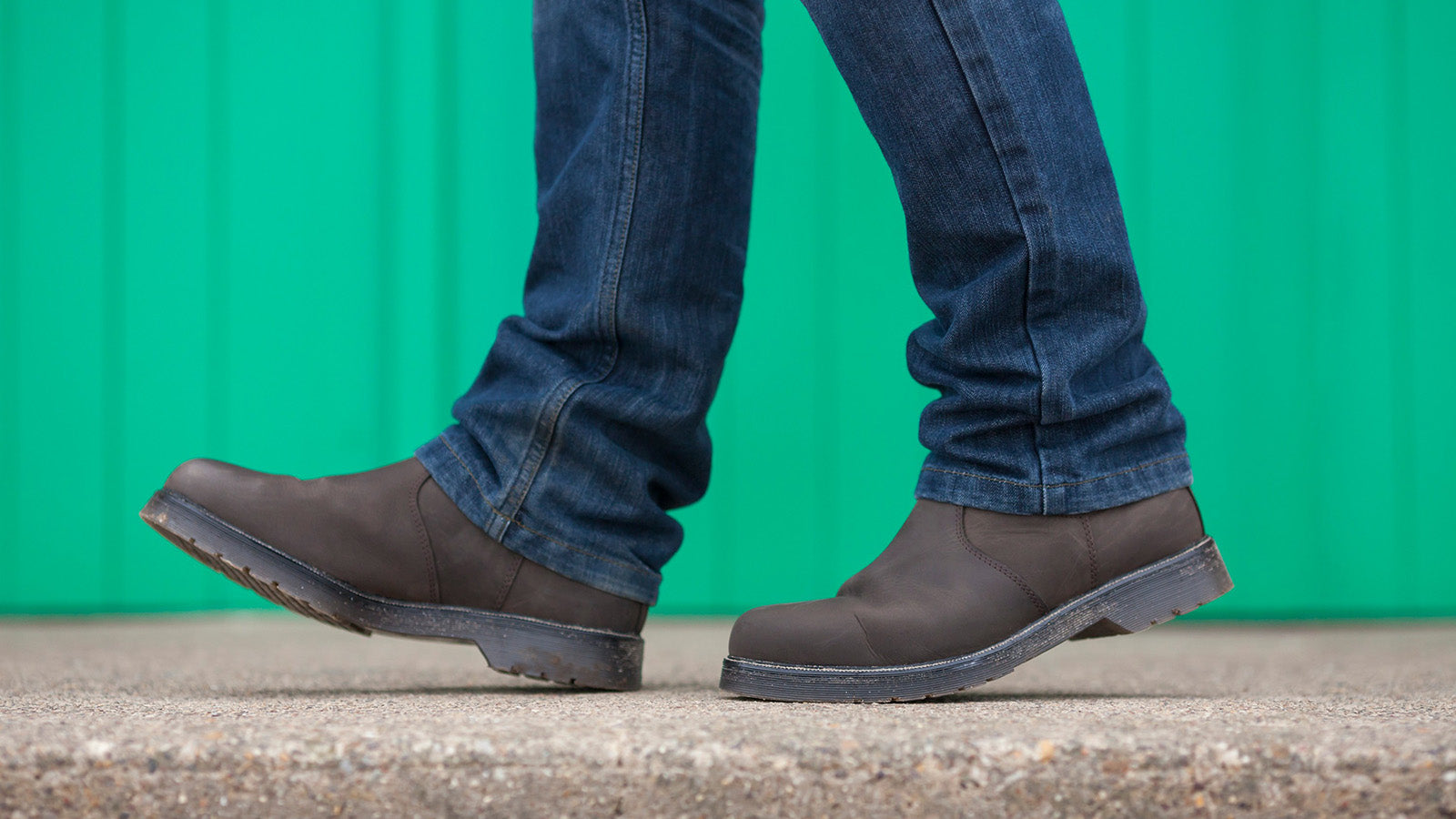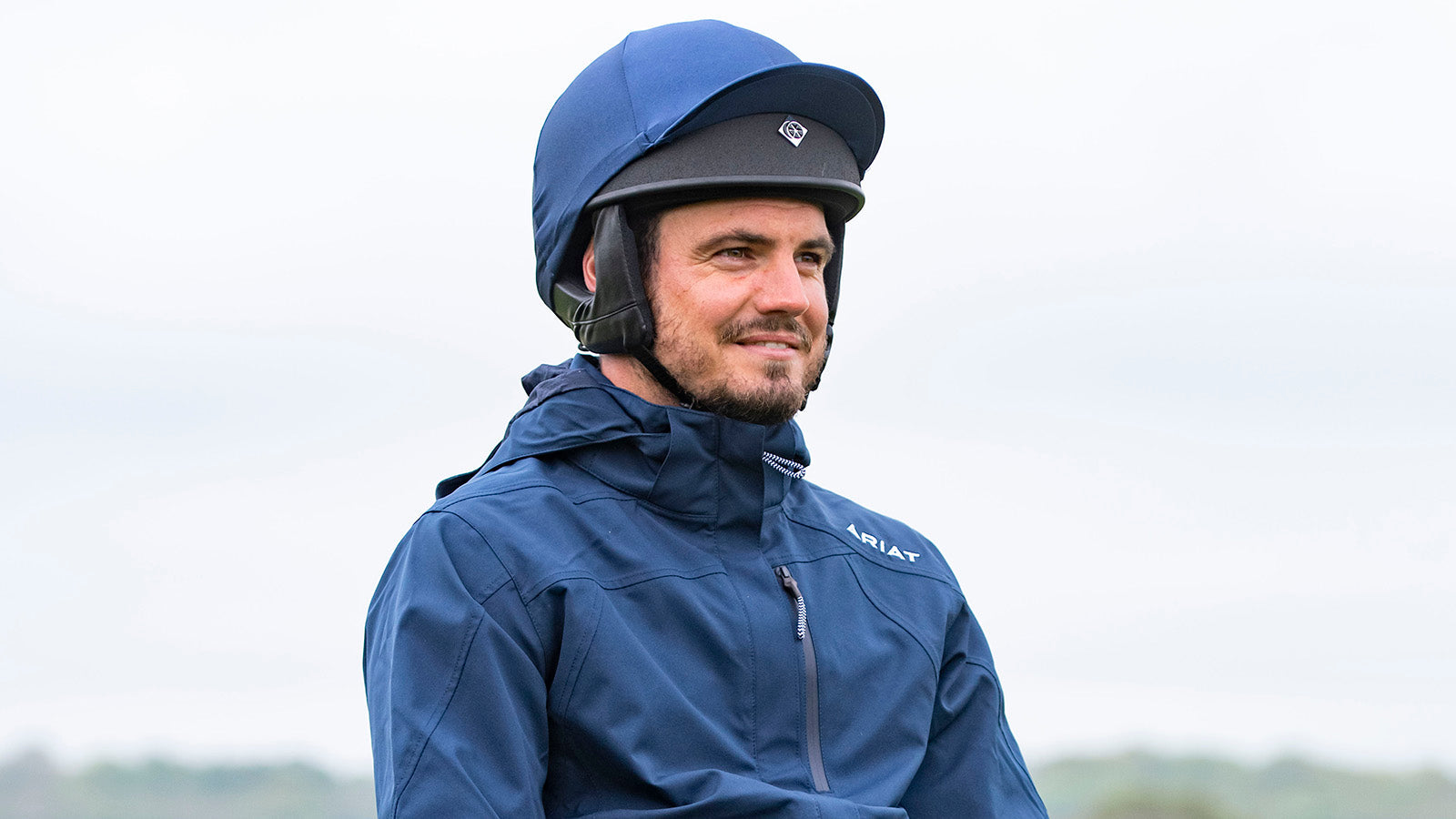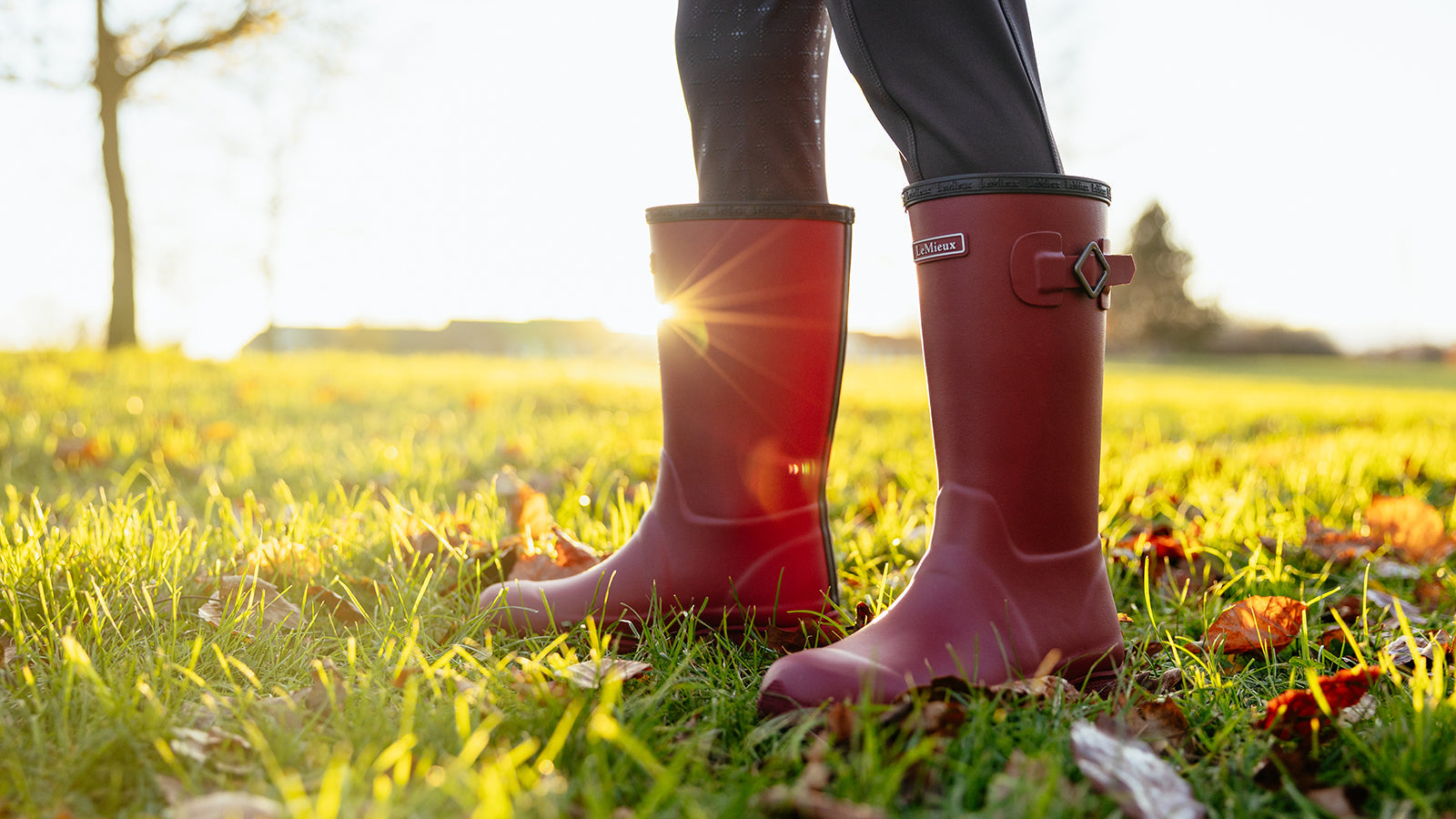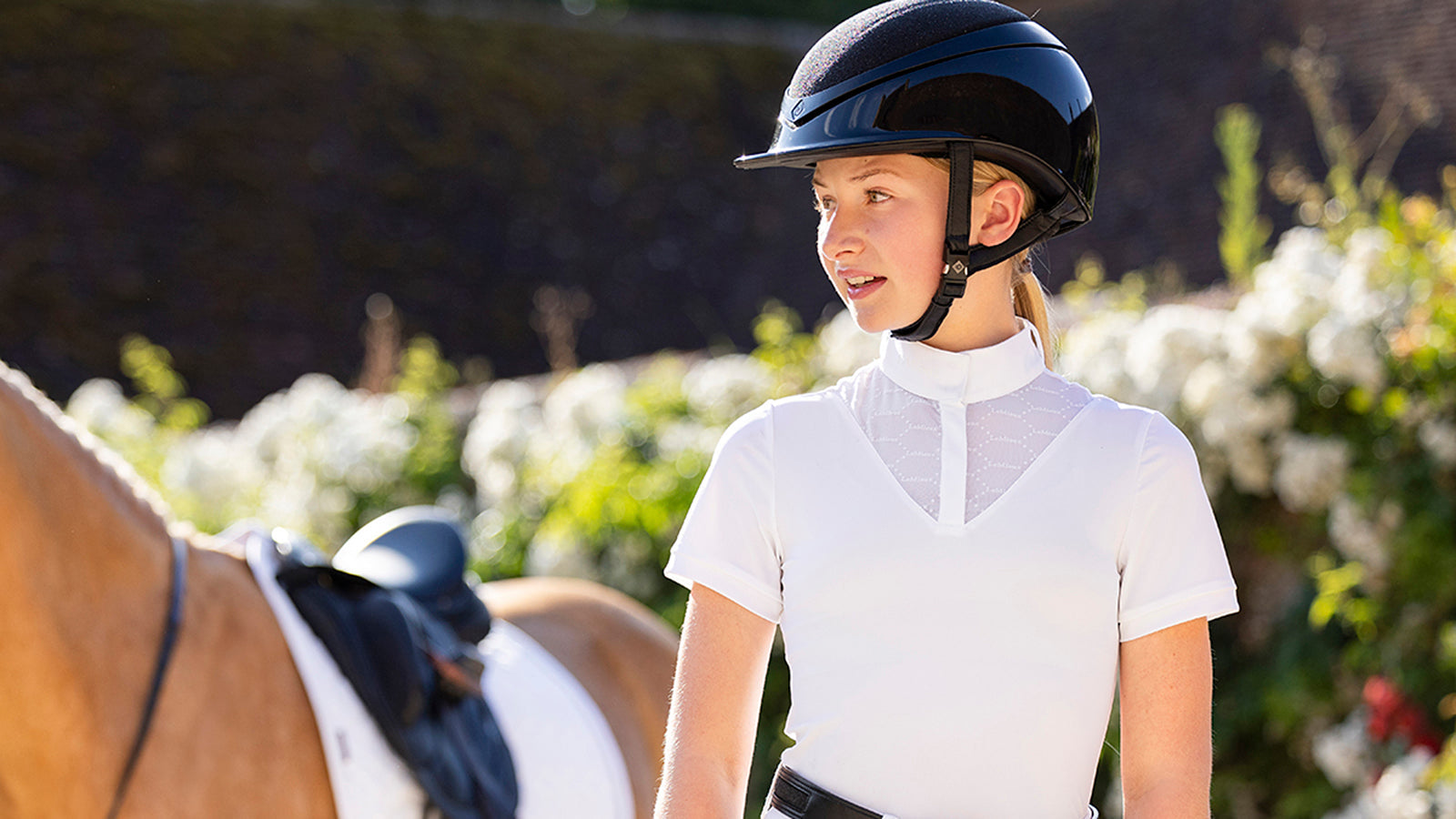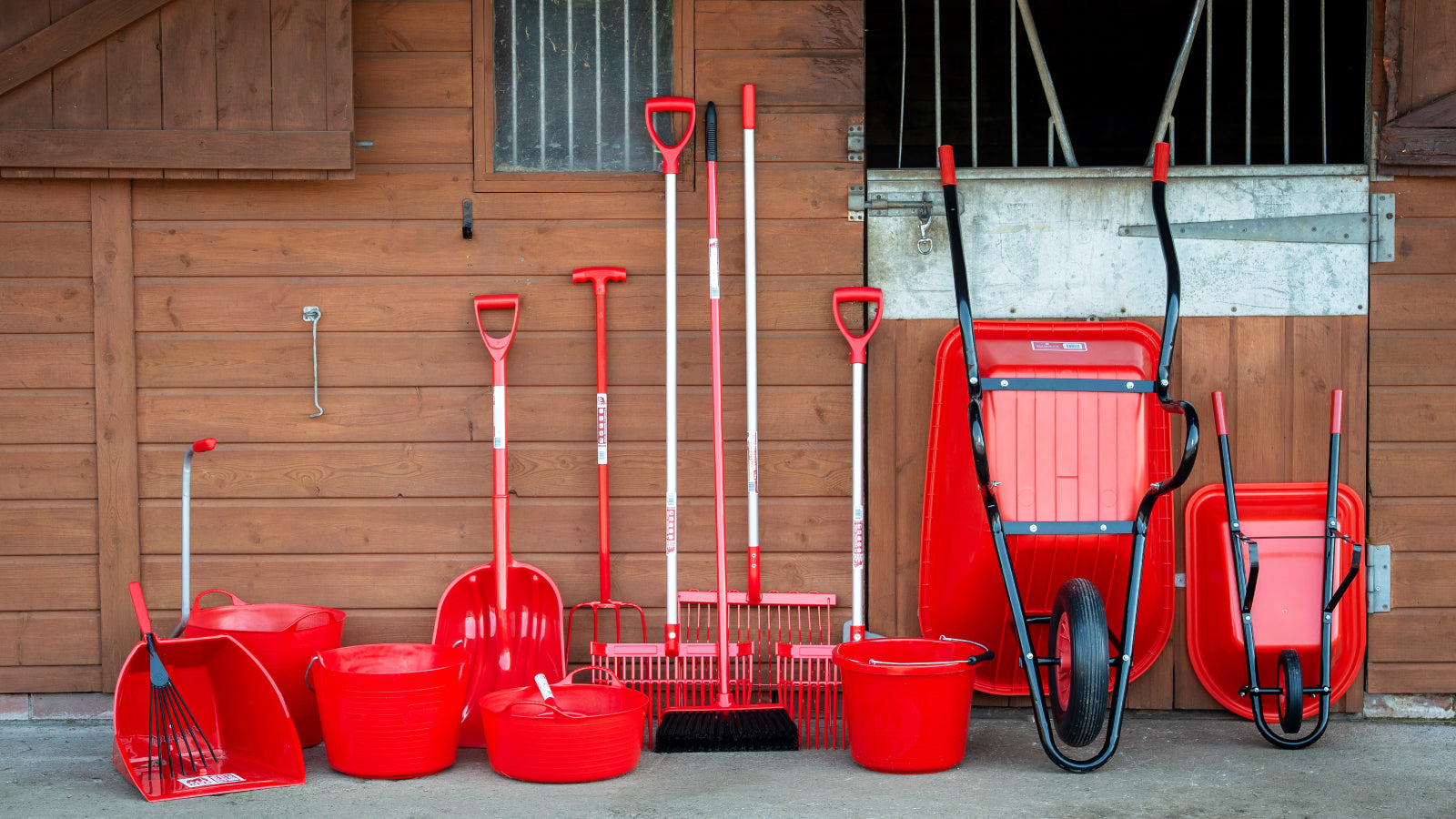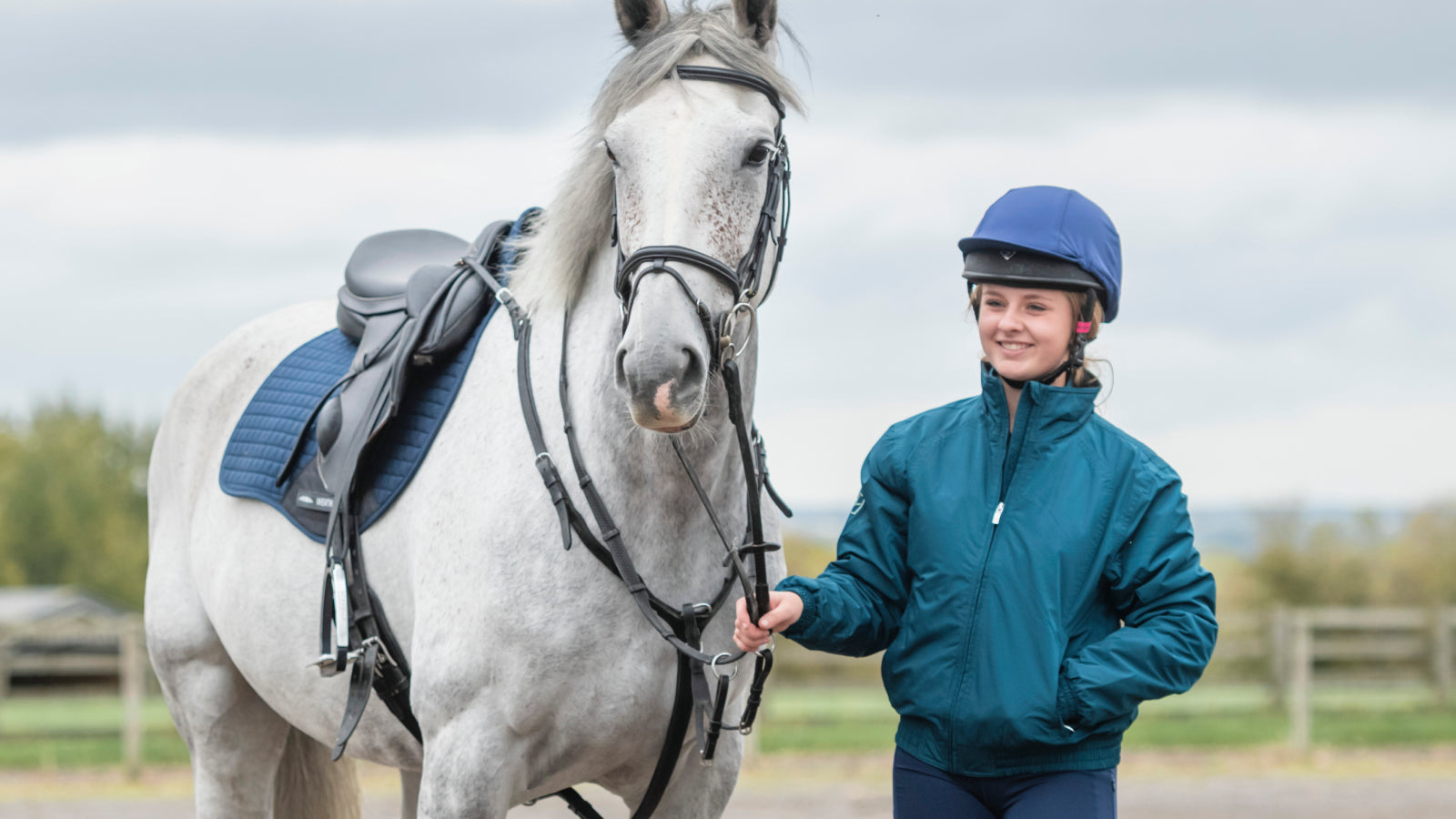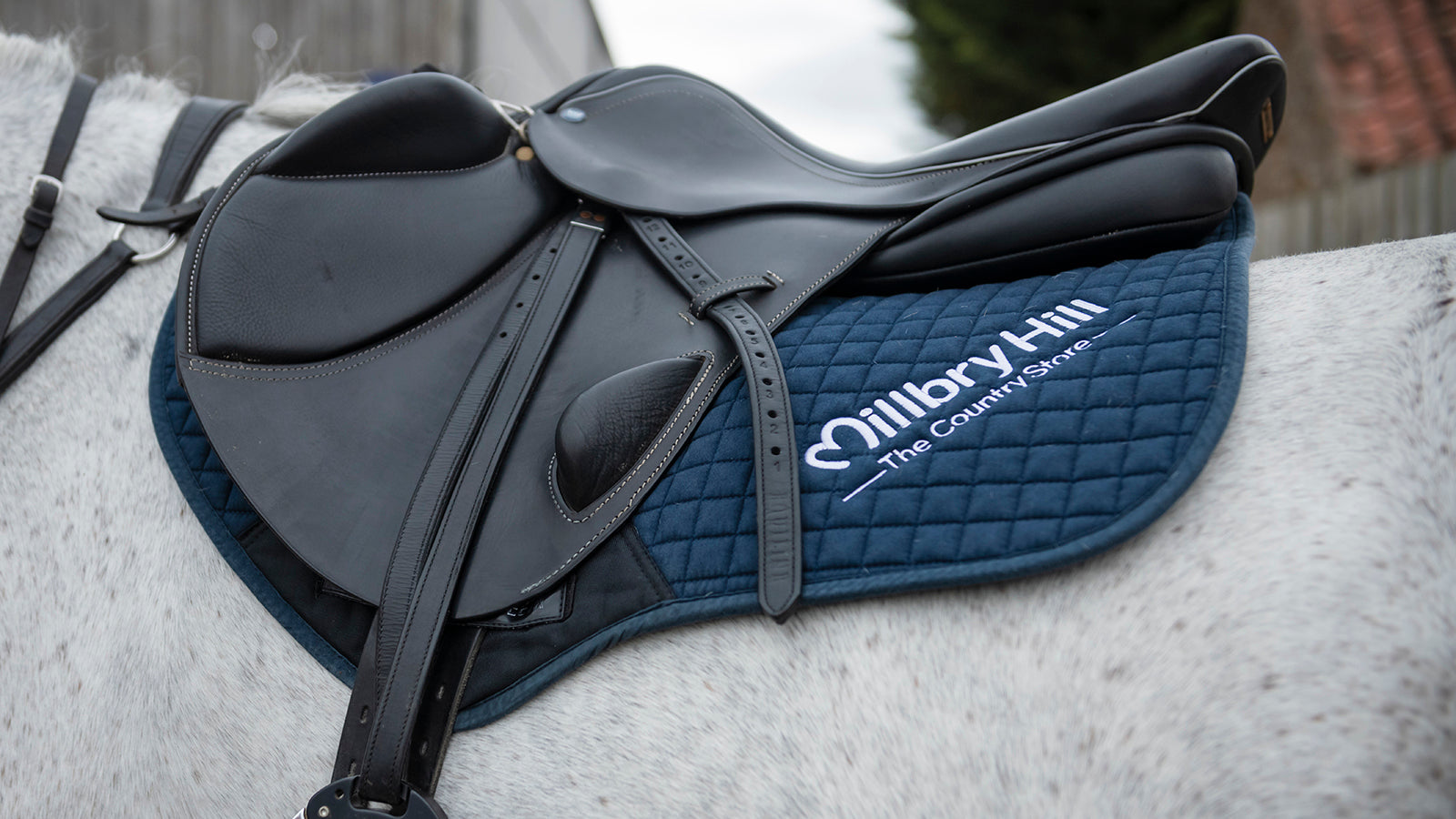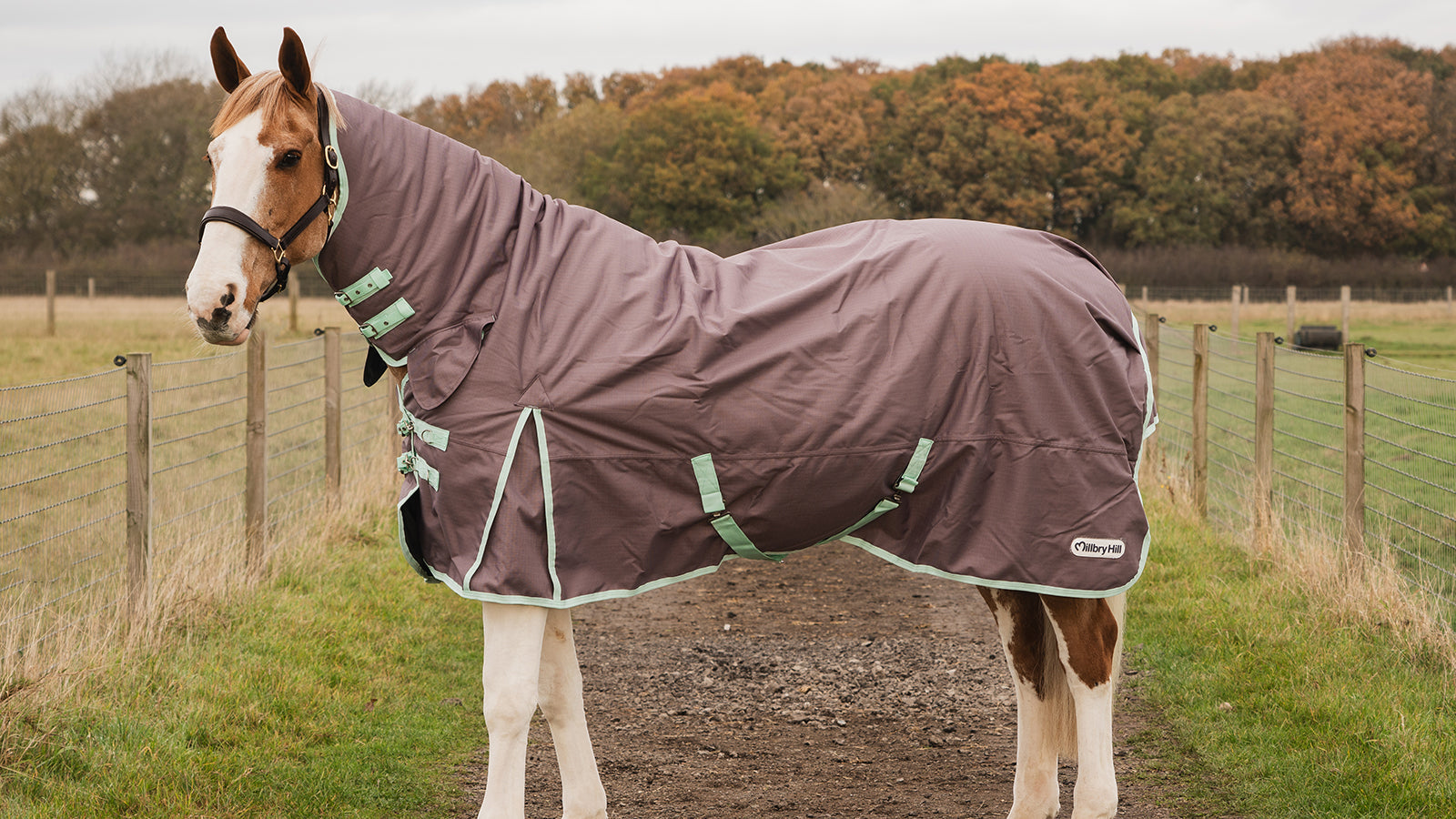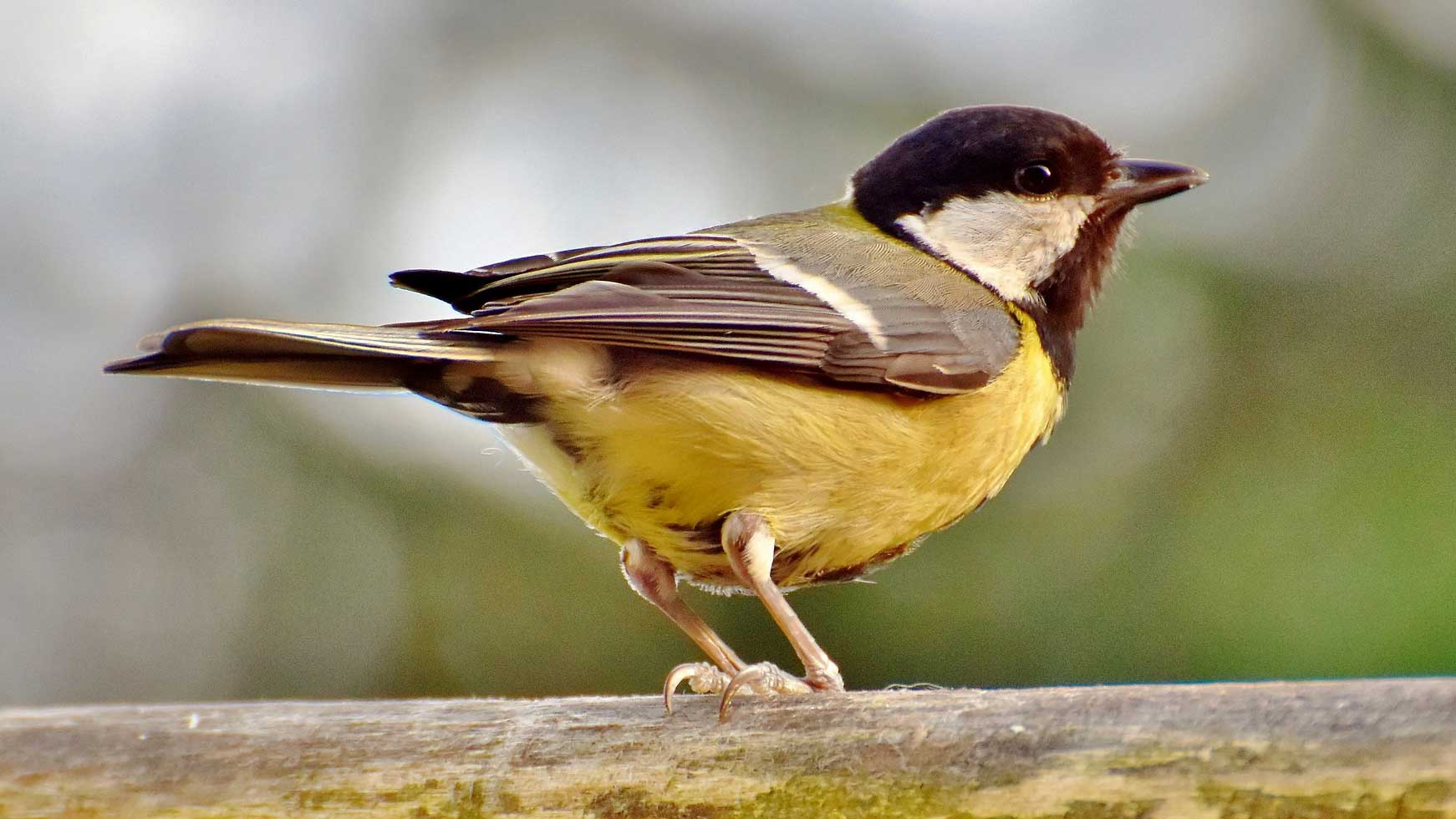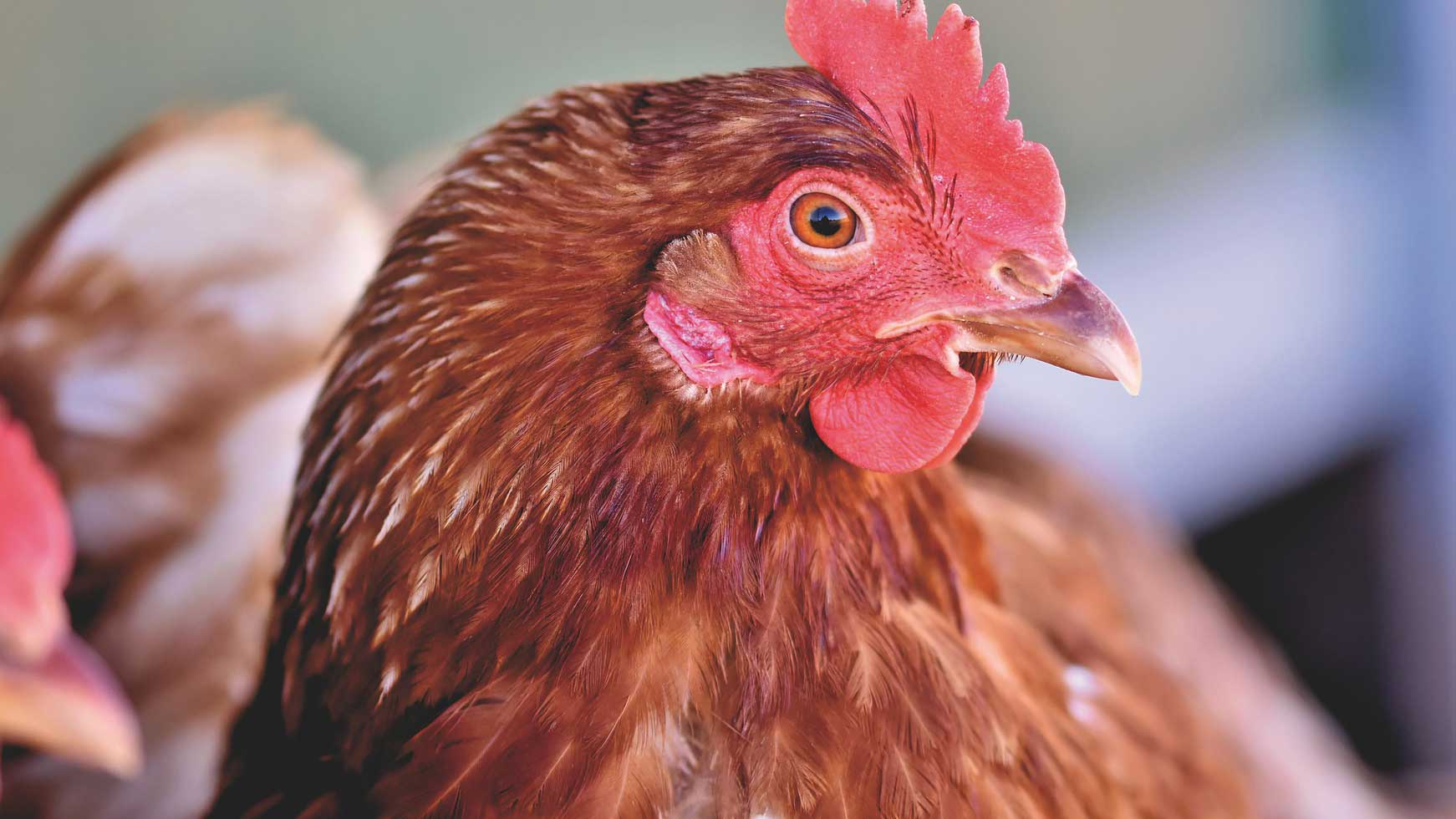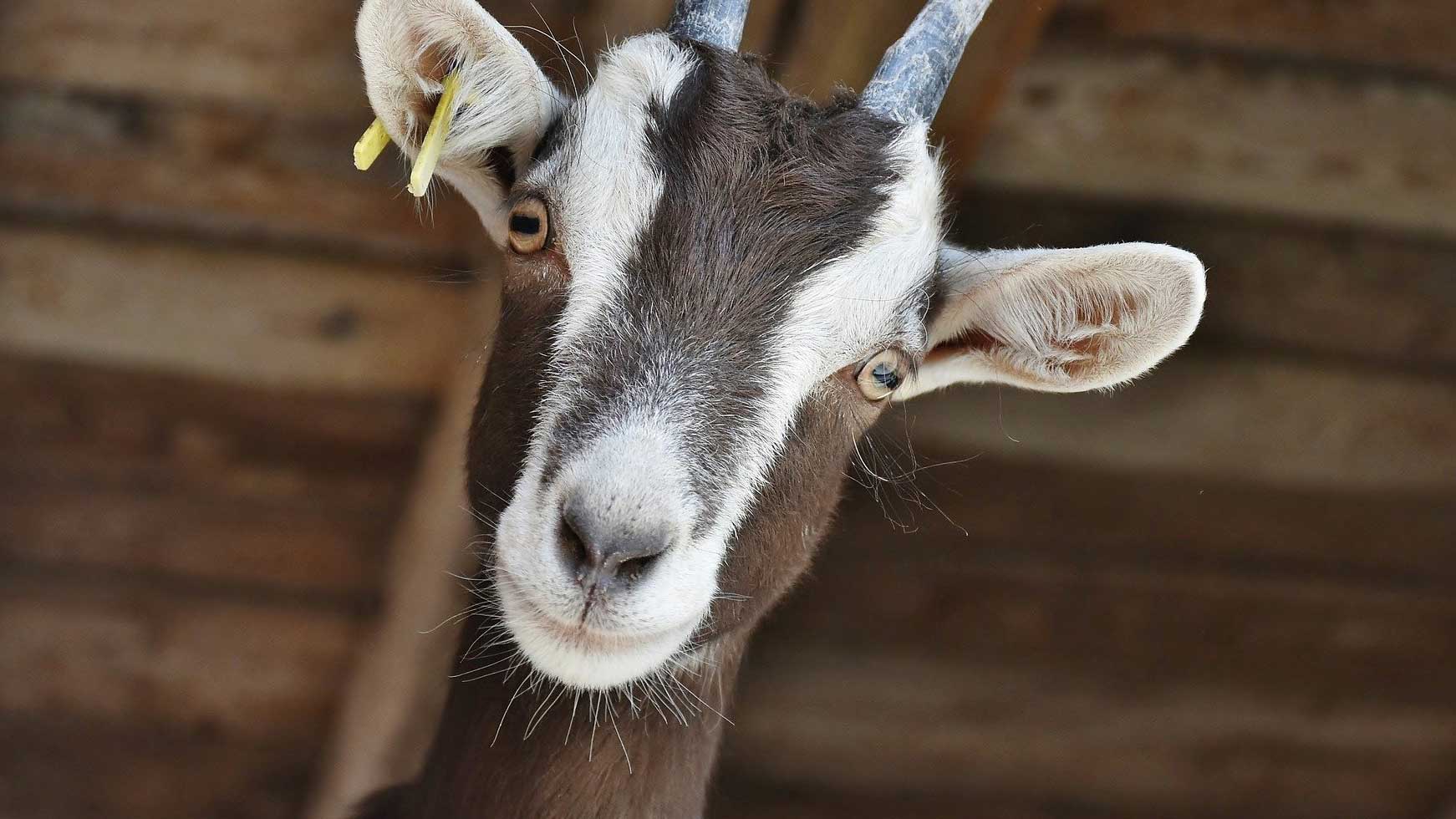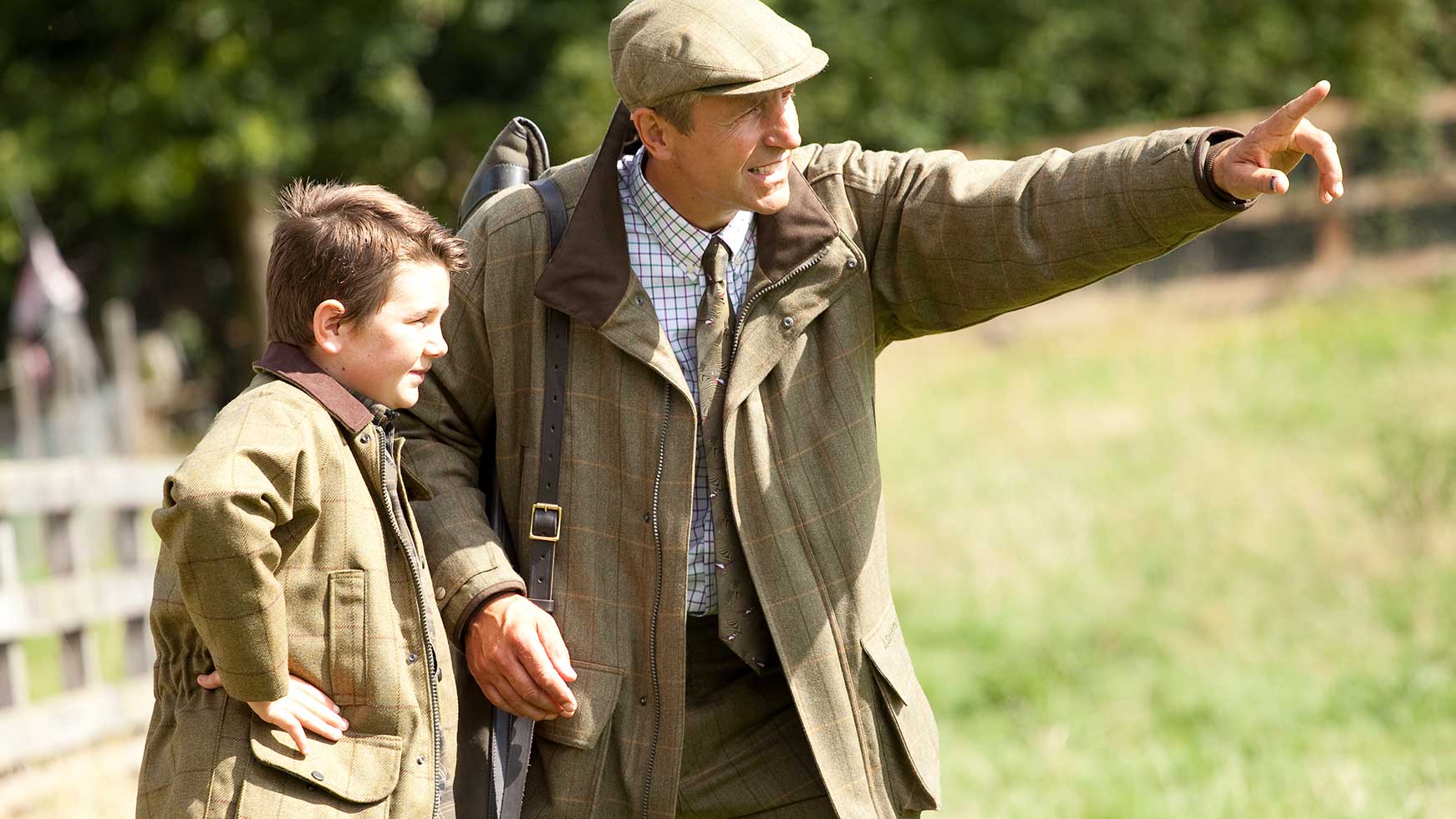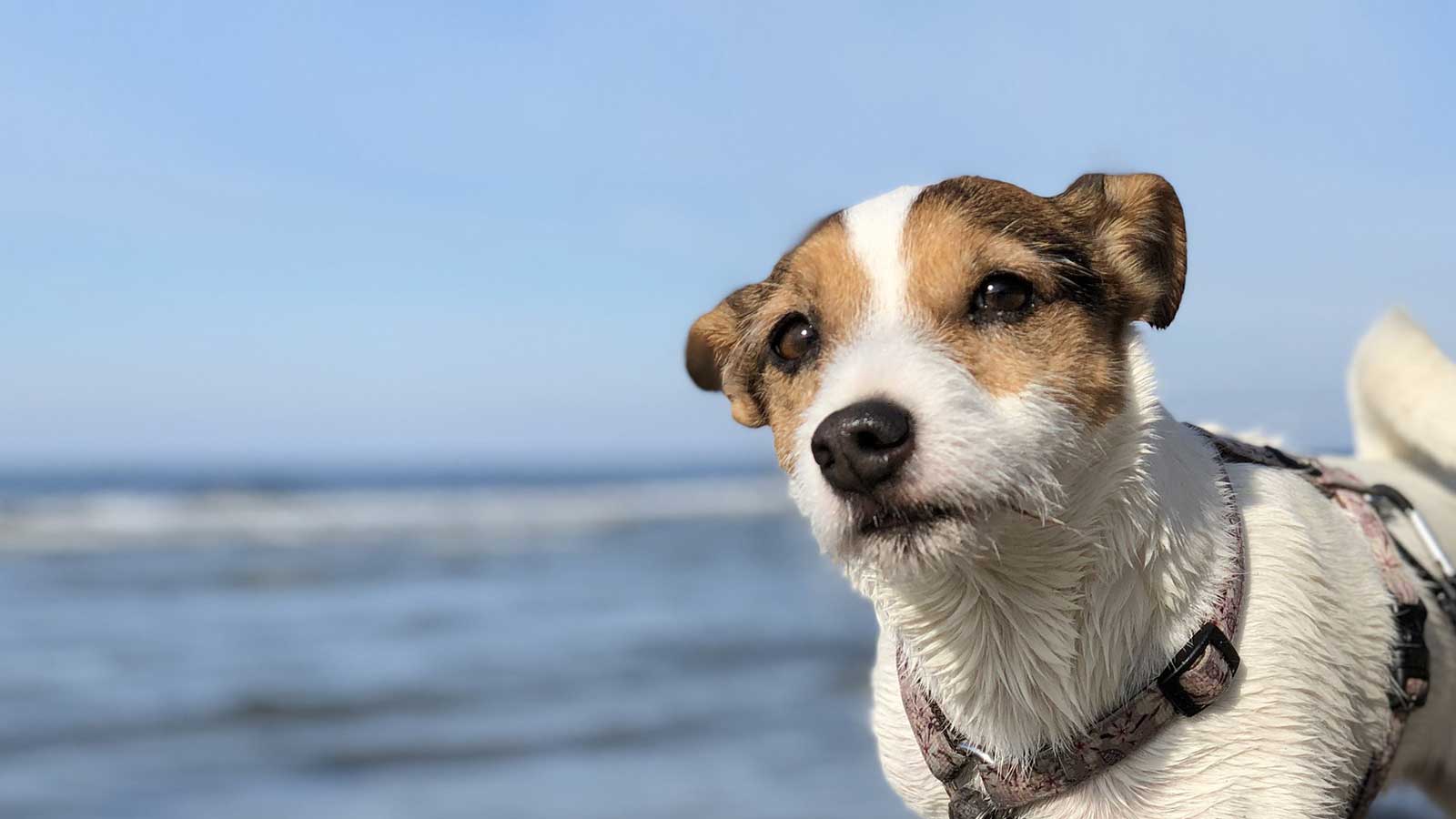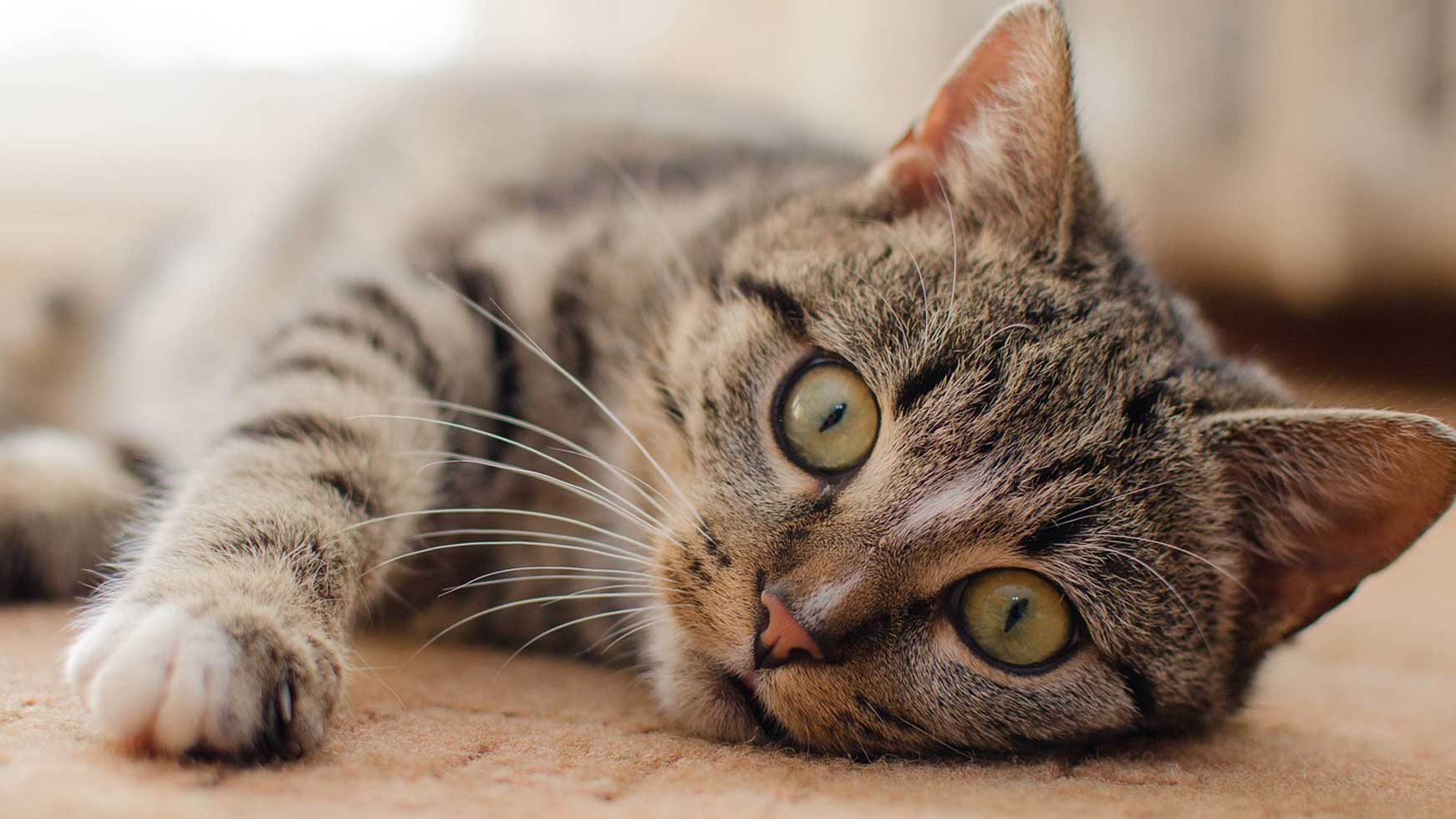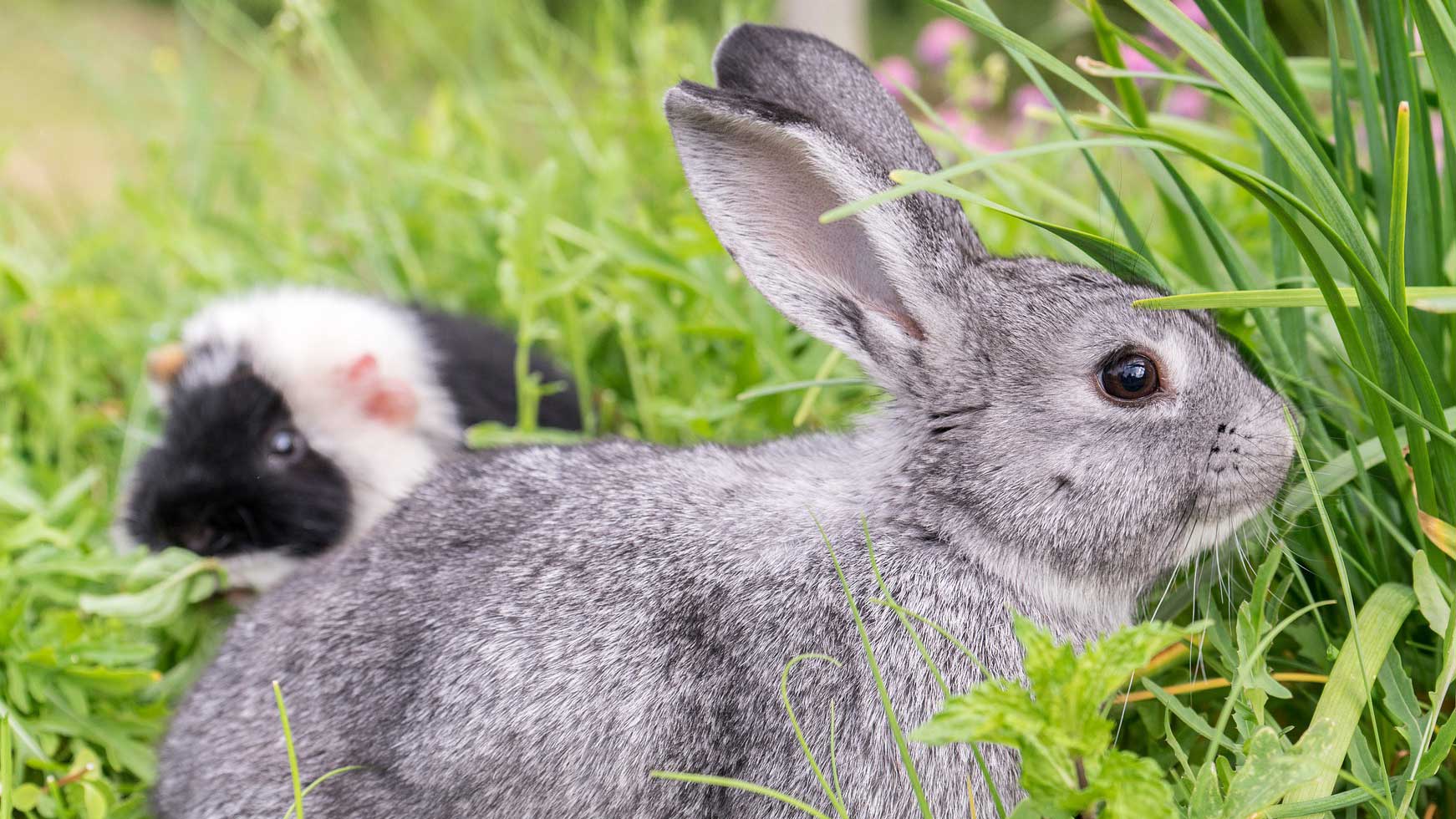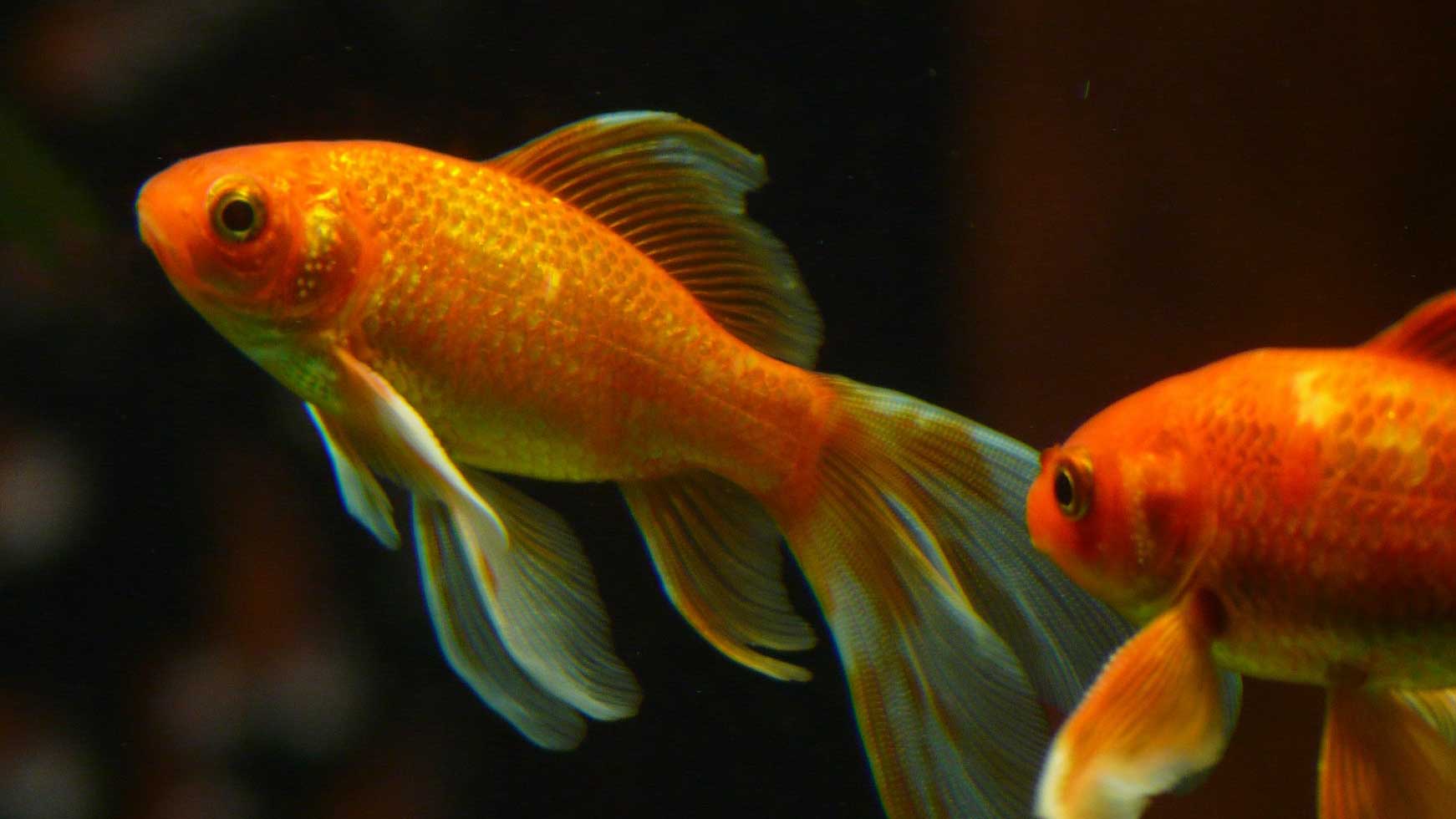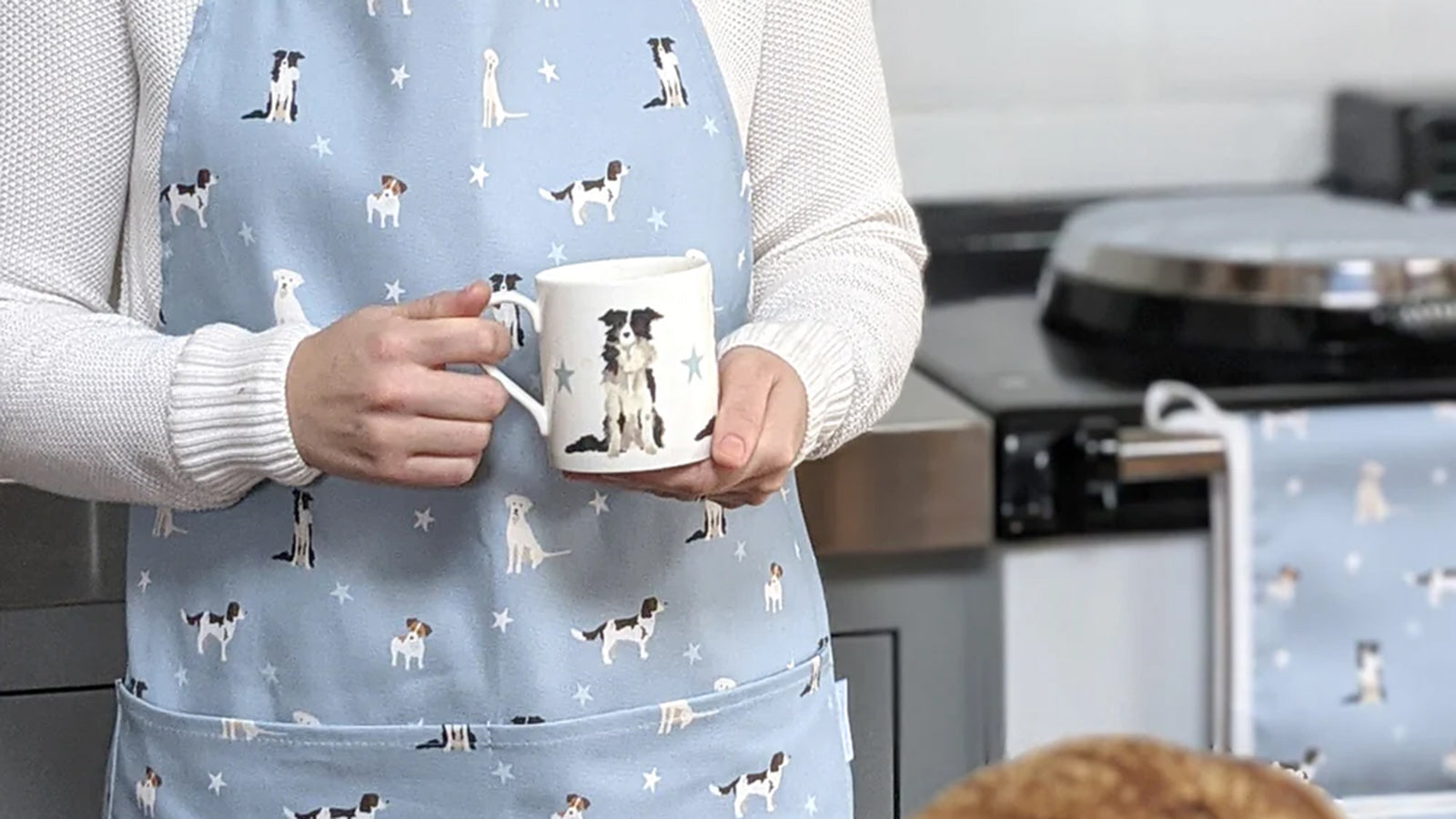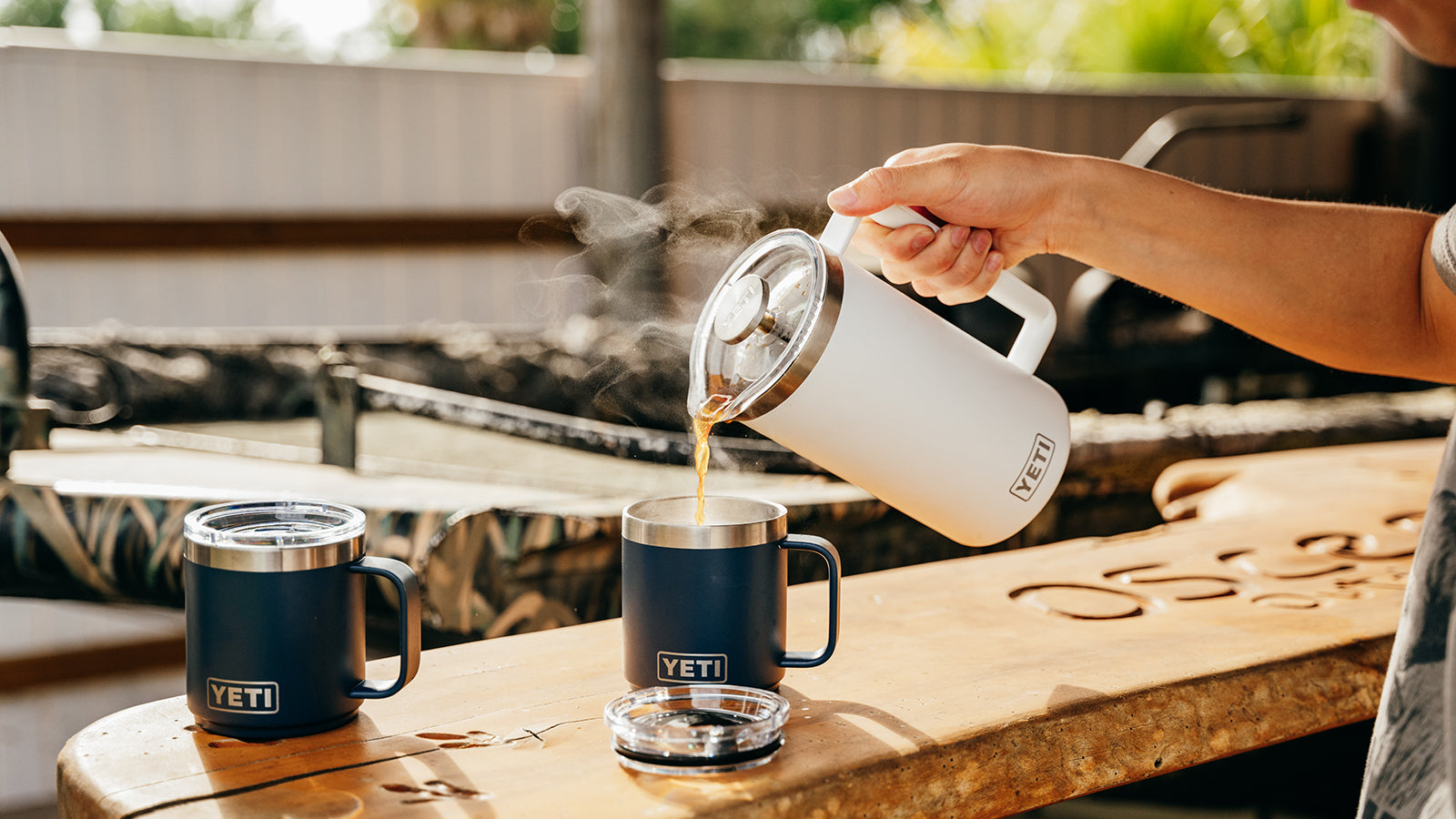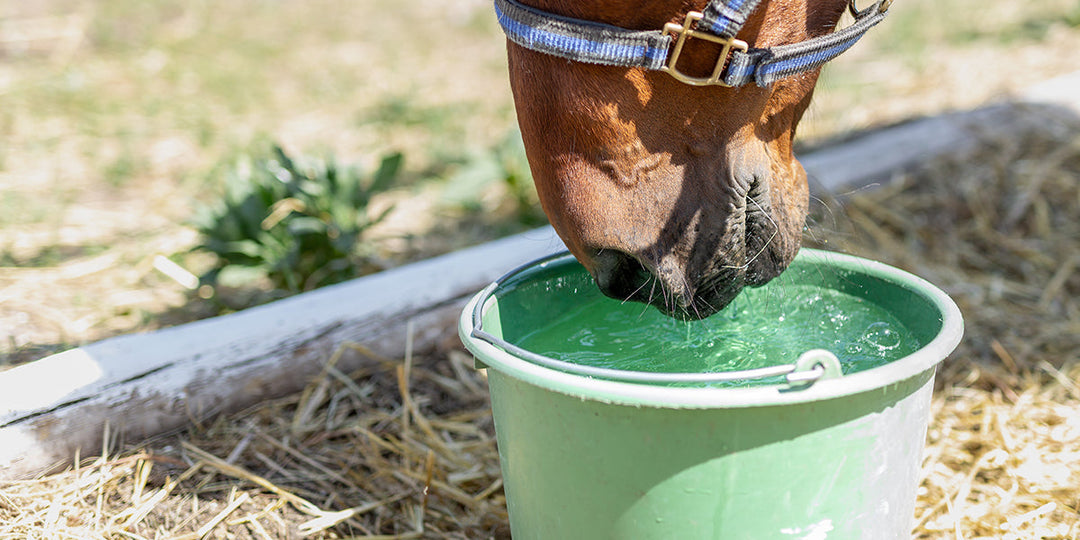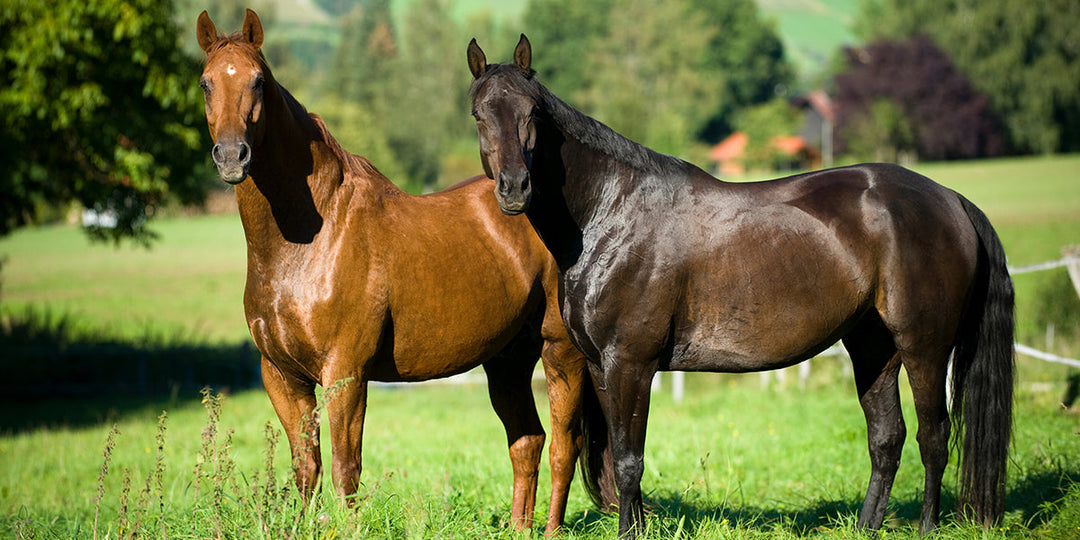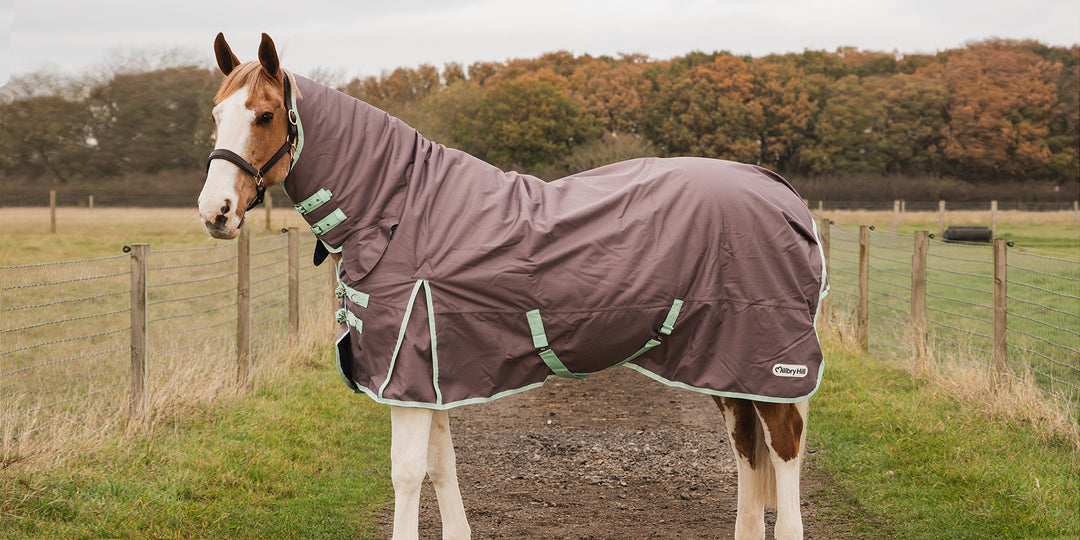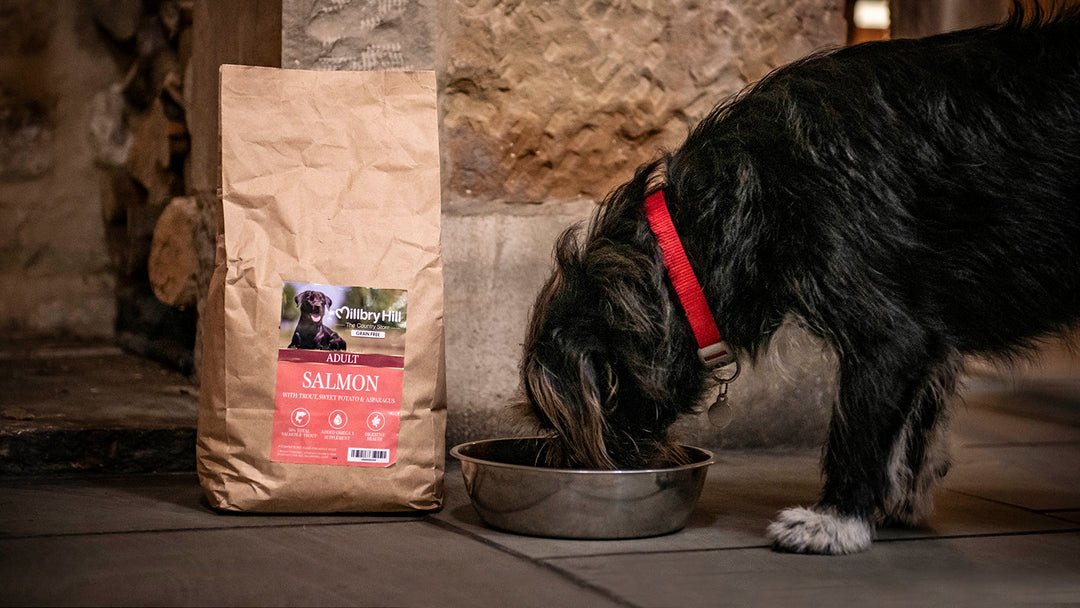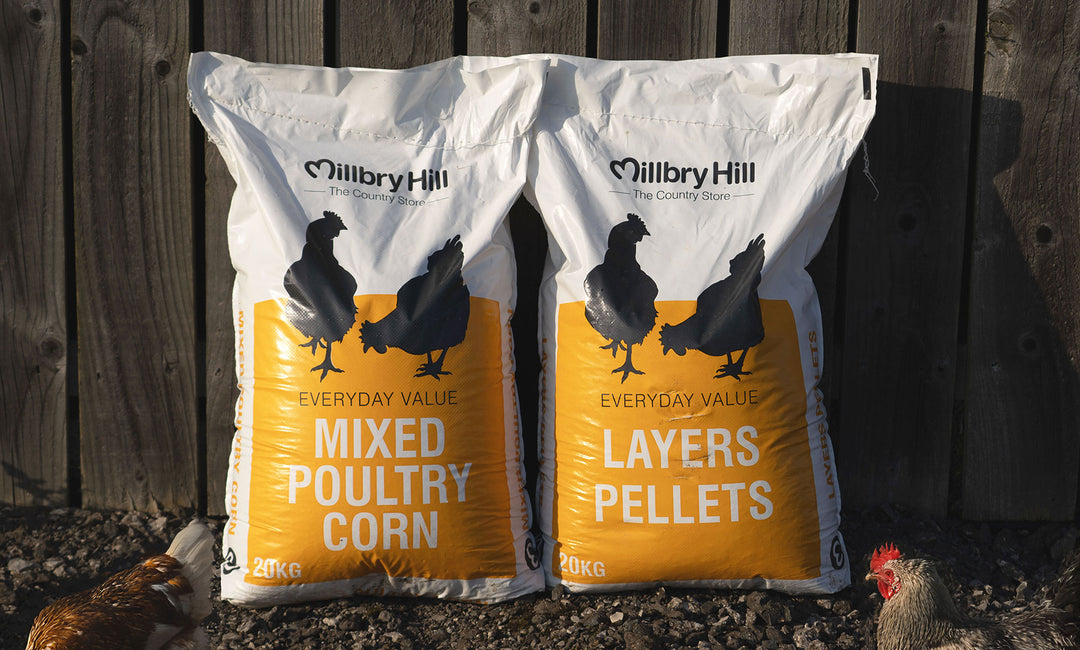A Weighty Issue: Equine Weight Management Tips with Baileys Horse Feeds

Equine weight management is increasingly being recognised as a key aspect of equine management and welfare. Here, Rosamund Howling from Baileys Horse Feeds gives tips on establishing and monitoring your horse’s weight.
Obesity isn’t just a problem for humans, it is becoming increasingly recognised and reported in the equestrian world too. It might be argued that horses have it even harder given that they are designed to spend most of their lives eating, making it tougher to lose weight. However, stop your horse eating for too long and he may end up with serious health and behavioural problems; let him eat too much and you could be dealing with obesity, laminitis or lameness due to excess strain on the limbs.
Establishing the body condition of your horse will help you to work out how much fat they are carrying and whether you need to implement a diet, and how much of a diet. This can be done through using a weightape to gauge your horse’s weight as well as carrying out a hands-on evaluation to establish pockets of fat over the neck, shoulders, ribs, etc. Some horses can look surprisingly firm and toned, hence the oft-said phrases ‘big boned’ or ‘typical for his breed’, until pockets of fat are found on closer inspection over the ribs or behind the shoulder. The Baileys Equine Weight Loss Programme incorporates a number of diagrams, and descriptions, for working out body condition whilst we have weigh tapes that can be purchased in store to work out body weight.
It is worth noting that breed, discipline and exercise will also have an impact on both body condition and subsequent management. These considerations are also included in the 20-page interactive booklet available from us, in-store.





